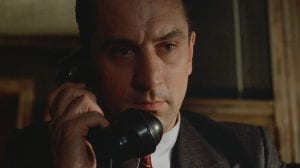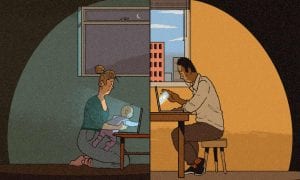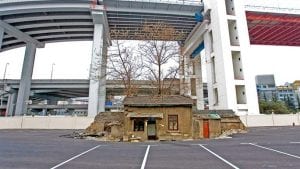 Robert De Niro in Once Upon a Time in America (1984)
Robert De Niro in Once Upon a Time in America (1984)
From Sergio Leone to Dennis Potter – sound, music and flashback
My last post about 1985’s Dreamchild has got me thinking about scenes of remembering from cinema and television, and particularly how sound can be employed to signal a temporal shift in narrative. In the Dreamchild scene featured in my post the incessant ringing of a telephone seems to open up a rabbit hole both into traumatic past events – in this case the spectre of Alice’s possible abuser – and a fantasy world borne of Lewis Carroll’s imagination. By way of a reminder, here is that scene again: Continue reading


 Norman Rockwell, Breaking Home Ties, 1954
Norman Rockwell, Breaking Home Ties, 1954
